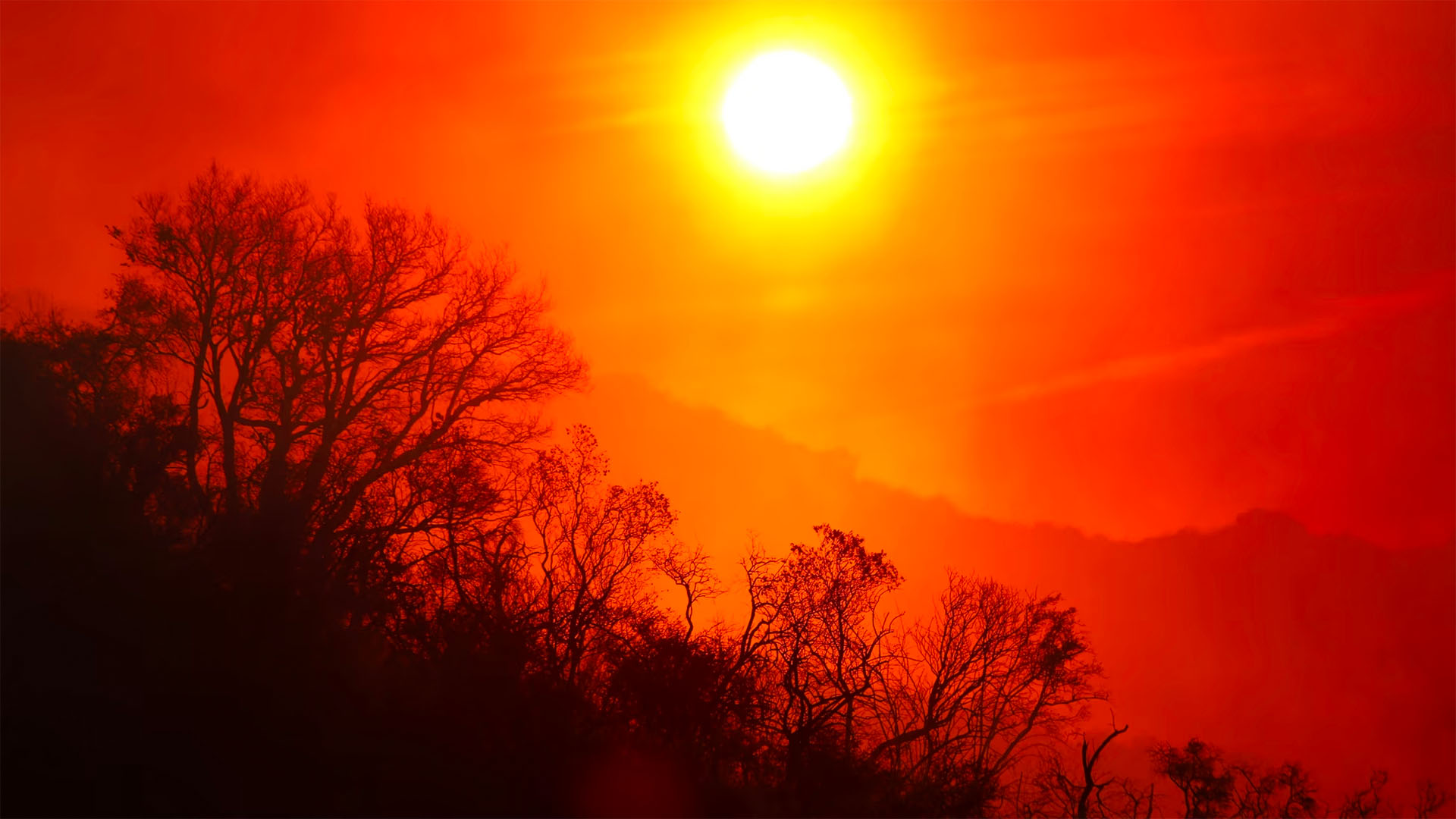Back in the early days of the pandemic, when some people imagined that changes in American life might be a matter of months rather than of years, I wrote about California Volunteers and its response to the crisis.
This is a publicly sponsored organization, serving the nation’s most populous state, designed to do what organizations from the Depression-era Civilian Conservation Corps, to the Kennedy-era Peace Corps, to more contemporary organizations (with a variety of funding models)—from the Job Corps to Americorps to City Year to Report for America to Code for America—have aspired to do. Namely: matching people of all ages (but mainly younger people) who have an interest in service with the most pressing needs for service in the America of these times.
This past week, California Volunteers announced an expansion of its program: a new California Climate Action Corps, designed to address both the causes and the effects (drought, wildfire, mudslides, intense heat) of California’s exposure to climate change. The state’s governor, Gavin Newsom, announced the creation of the Climate Action Corps a day after his executive order that all cars sold in the state (the largest single auto market in the U.S.) meet a zero-emissions standard by 2035.
In practice, this new program will mean that some 250 “climate action fellows” will work on sustainability projects across the state. The benefit for the fellows is that they receive a stipend and experience during their period of service, and afterwards receive a grant to help cover college costs. “We’re going to work city-by-city toward meeting their community goals,” Josh Fryday, the head of California Volunteers, told me last week. “In Los Angeles, it could be helping them meet their tree-planting goals.” In other communities, it could be efforts to support sustainable forestry or agriculture (for instance, with the Grizzly Corps), or to help food banks, or other goals determined locally.
I asked our friend Shelli Stockton, head of Alumni and Community Relations at the University of Redlands, what these Climate Corps members might do in her city of Redlands, which has been closely involved with Josh Fryday’s group in planning roles for Climate Corps members.
She said there were several areas of climate-mitigation work in which a community like hers—in an arid edge of the Mojave Desert, very hot, surrounded by recent wildfires—might use efforts like those the state is now preparing for. (And, to be clear, a “community like hers” is also a “community like mine”—this is the place, in the “Inland Empire” of California, where I grew up and which I still consider home.)
“One was tree planting,” she said, as previously described here. The larger argument is that community-by-community tree-planting efforts obviously are not the answer to the world’s climate issues—but they are nonetheless a large source of impact for most people in most parts of the world.
Others included “food diversion” efforts, to direct “waste” and surplus food from grocery chains and large restaurants to food banks and other organizations that could put the food to use. Also: “fire resilience” efforts, to help protect businesses and homes in the many fire-prone areas in the vicinity.
“But the project I’m most excited about,” Stockton told me, “involves the social-justice aspects of tree canopy cover.” As mentioned in this post about Los Angeles, in the hottest parts of the country, tree cover has been an increasingly important environmental-justice issue. Where there are suburbs and big houses, there have been trees; where not, not. “We’d like to identify the areas with the lowest tree-canopy cover, and send out fellows to help people in the community understand how to help these trees thrive,” she said. “Without help on the front end, a lot of these trees are just going to die.”
California’s Climate Action Corps is not the answer to all of the state’s modern problems. But it is a step in the right direction.




